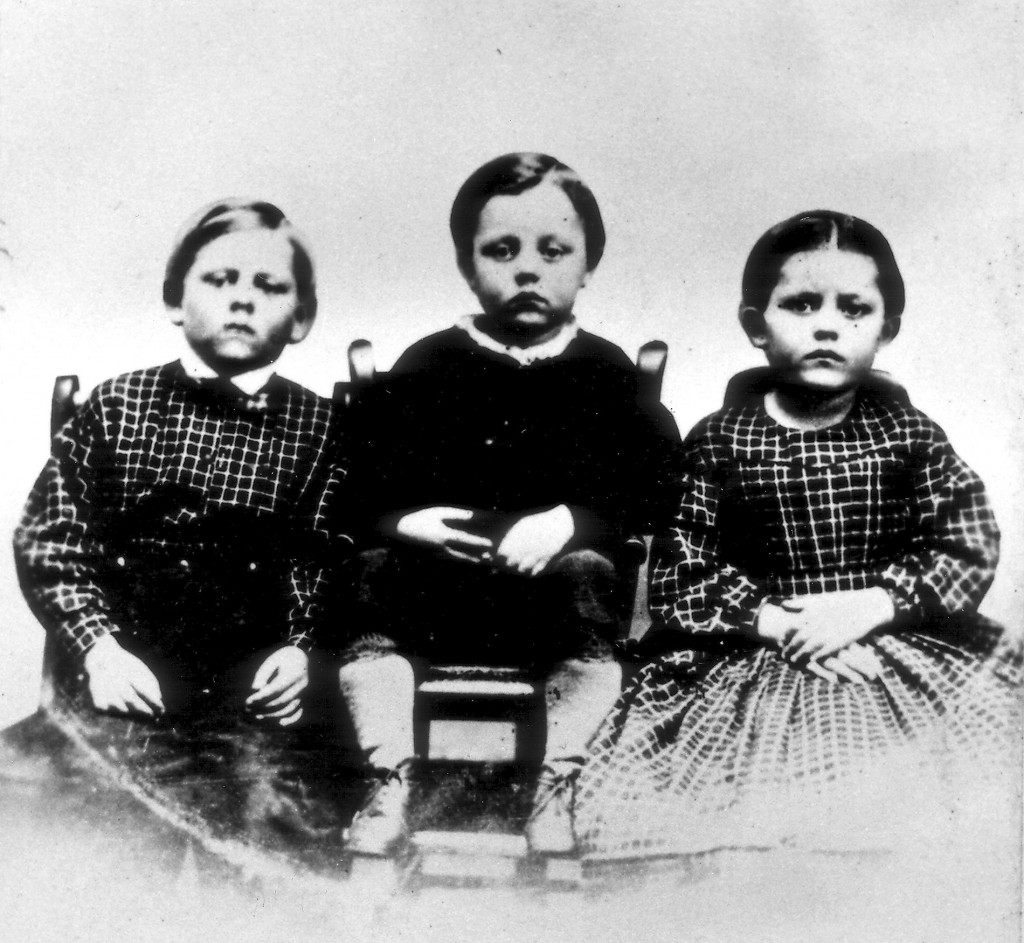Gettysburg Live 150 – 11:30pm – Berdan’s Reconnaissance
Maj. General Dan Sickles had been confused and upset all morning. He had been ordered to hold a position with his III Corps along Cemetery Ridge, on the left flank of the Union army.
The problem was that this wasn’t especially good ground. There was a patch of woods directly in front of him that made detecting an approaching enemy difficult, and made deploying artillery nearly impossible. Beyond the woods, there was a stretch of higher ground where a Peach Orchard was located. Sickles feared that he could be easily dominated if enemy troops took position there.
He desperately wanted to move. He had begged all morning for someone from headquarters to come take a look at this area with him. General Meade was too busy. General Warren couldn’t be sparred. Finally, General Hunt – the Chief of Artillery – went to inspect the left flank.
Hunt agreed with Sickles that the Peach Orchard would make for a good artillery platform (at least better than the position the III Corps currently held). Hunt was careful to point out that he wasn’t authorized to order such a move, though – Sickles would still need to talk to General Meade. If Hunt were going to make the move, he’d want to be sure that the woods over on Seminary Ridge were clear first.
Sickles thought that was a good idea, and 150 years ago right now he sent a party of sharpshooters led by Col. Hiram Berdan into those woods to check things out. It didn’t take long for them to run into (and exchange a few shots with) troops from Brig. General Cadmus Wilcox’s brigade, who were at that point the right flank of the Confederate army.
When word of this encounter got back to Sickles, he knew that he had no choice but to move his men forward to meet the threat.
